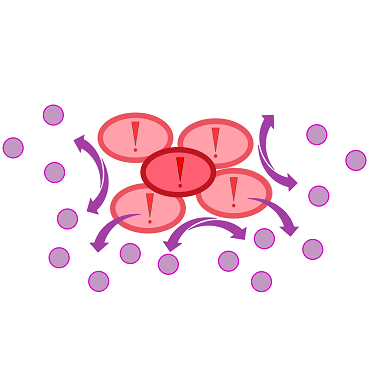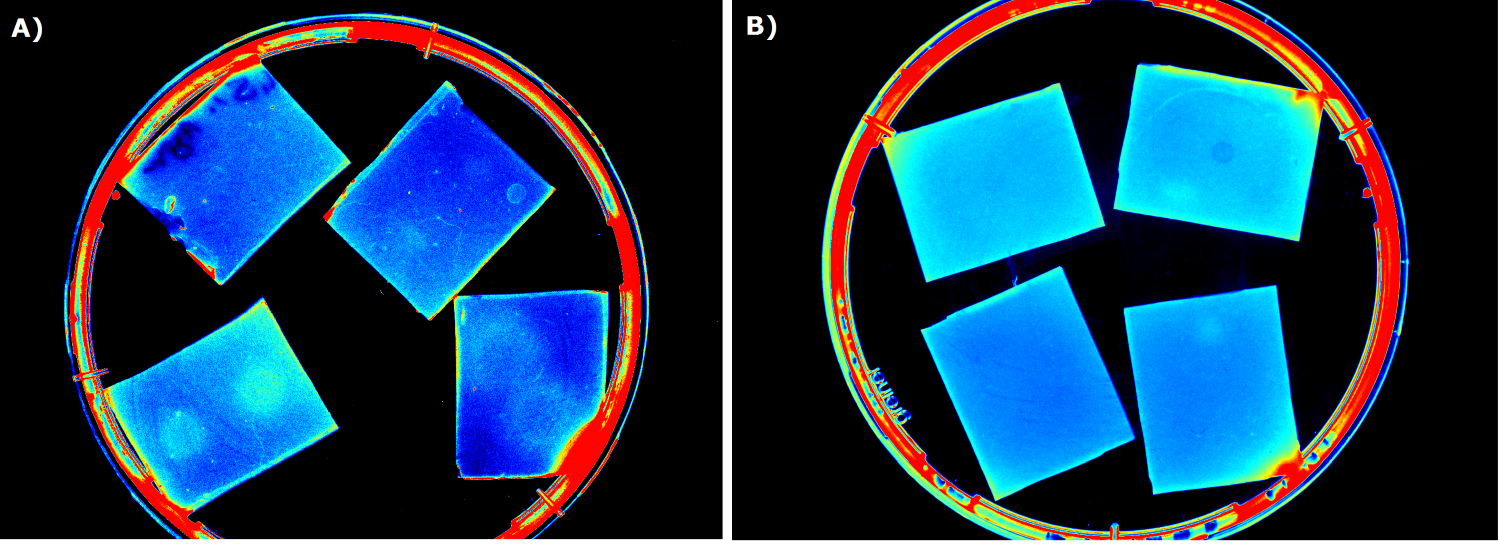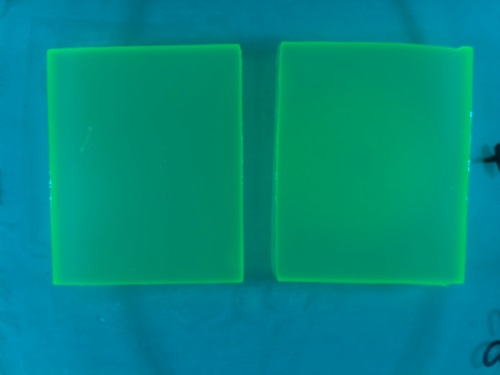Team:Aachen/Project/2D Biosensor
From 2014.igem.org
Aschechtel (Talk | contribs) (→Medium) |
Aschechtel (Talk | contribs) (→Medium) |
||
| Line 104: | Line 104: | ||
=== Medium === | === Medium === | ||
Prior to using our own device for detection of fluorescence emitted by the sensor chips we used equipment readily available in the lab. A Molecular Imager® Gel Doc<sup>TM</sup> XR+ from BIO-RAD was available which uses UV and white light illuminators. However, only two different filters were available for the excitation ligth wavelength, which resulted in very limitted possibilities for the excitation of fluorescent molecules. For example, it was possible to detect the expression of iLOV in our sensor chips but the detection of GFP was not possible. It was thus determined that the Gel Doc<sup>TM</sup> XR+ was not suitable for our project. | Prior to using our own device for detection of fluorescence emitted by the sensor chips we used equipment readily available in the lab. A Molecular Imager® Gel Doc<sup>TM</sup> XR+ from BIO-RAD was available which uses UV and white light illuminators. However, only two different filters were available for the excitation ligth wavelength, which resulted in very limitted possibilities for the excitation of fluorescent molecules. For example, it was possible to detect the expression of iLOV in our sensor chips but the detection of GFP was not possible. It was thus determined that the Gel Doc<sup>TM</sup> XR+ was not suitable for our project. | ||
| - | {{Team:Aachen/Figure| | + | {{Team:Aachen/Figure|Aachen_ILOV_GFP_HM_1,5h.png|title=iLOV and GFP in the Gel Doc<sup>TM</sup>|subtitle=Cells producing A) iLOV B) GFP |width=900px}} |
Regarding the medium used for our sensor chips, LB medium showed a high background fluorescence when exposed to UV light. Surprinsingly, the background fluorescence resulting from the LB medium was to high to detect a signal emitted by our sensor cells. Instead we tried using minimal media (NA, M9, Hartman) in order to minimize background fluorescence. The appliction of minimal media was sufficient to minimize the background fluorescence, but this approach came with the drawback of minimal to zero growth of our sensor cells. | Regarding the medium used for our sensor chips, LB medium showed a high background fluorescence when exposed to UV light. Surprinsingly, the background fluorescence resulting from the LB medium was to high to detect a signal emitted by our sensor cells. Instead we tried using minimal media (NA, M9, Hartman) in order to minimize background fluorescence. The appliction of minimal media was sufficient to minimize the background fluorescence, but this approach came with the drawback of minimal to zero growth of our sensor cells. | ||
Revision as of 12:25, 16 October 2014
|
|
|
|
|
 "
"








